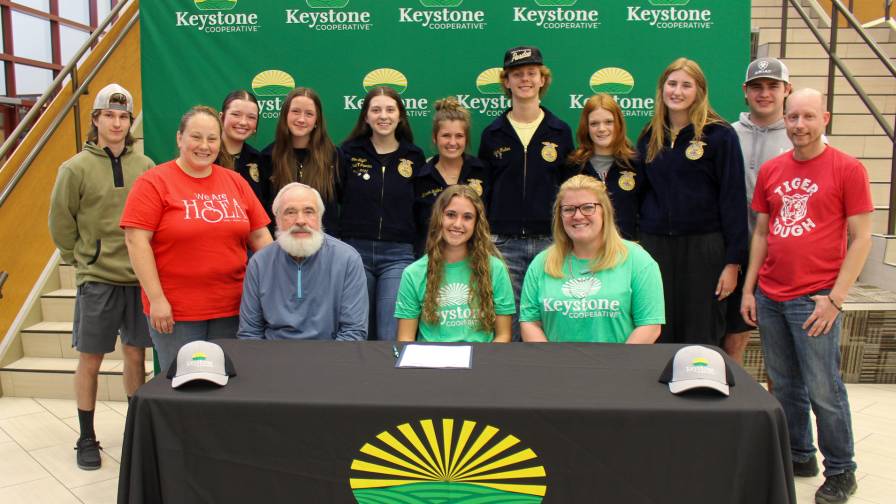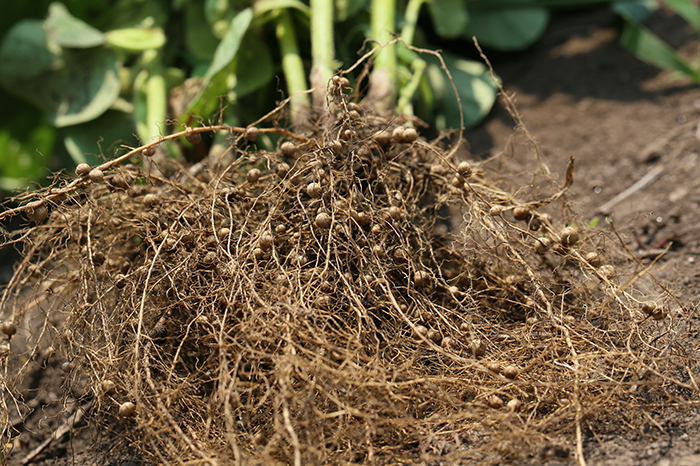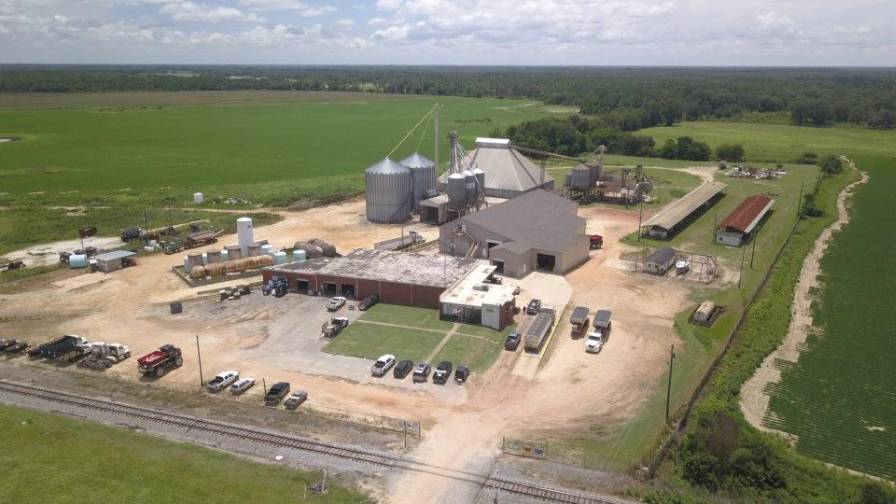EPA Takes Step to Protect Vulnerable Species from Three Organophosphate Insecticides
The U.S. Environmental Protection Agency (EPA) will take the necessary steps to implement the National Marine Fisheries Service’s (NMFS) nationwide final biological opinion (BiOp) for the organophosphate insecticides malathion, chlorpyrifos and diazinon. These insecticides are commonly used to control foliage and soil insect pests. By implementing this BiOp, EPA will further protect endangered and threatened (i.e., listed) species and designated critical habitat.
Under the Endangered Species Act (ESA), EPA has a responsibility to ensure that its actions, including many pesticide registration actions, do not jeopardize ESA listed species, or destroy or adversely modify their designated critical habitats. When EPA determines in a biological evaluation (BE) that a pesticide’s registration is likely to adversely affect these species or habitats, EPA must initiate consultation with NMFS, FWS or both (the Services). In response, the Service(s) develop a BiOp that determines whether the pesticide will jeopardize listed species or destroy or adversely modify critical habitat, and if so, describes measures to avoid these effects. EPA is then responsible for implementing the BiOp.
In 2017, EPA released its final BEs for malathion, chlorpyrifos and diazinon and initiated formal consultation with the Services. In the BEs, EPA determined that these pesticides are likely to adversely affect listed species and their critical habitats. The “likely to adversely affect” (LAA) determination means that EPA reasonably expects that at least one individual animal or plant, among a variety of listed species, may be exposed to the pesticide at a sufficient level to have an adverse effect. The likely “take,” which includes unintentional harm or death, of one individual of a species, is enough to trigger an LAA determination. This is the case even if a species is almost recovered to a point where it no longer needs to be listed. As a result, there were a high number of LAA determinations in these BEs. An LAA determination, however, does not necessarily mean that a pesticide is putting a species in jeopardy. Later in 2017, NMFS issued a final BiOp for malathion, chlorpyrifos and diazinon.
In 2019, EPA reinitiated formal consultation on these pesticide products to consider new information that was not available when NMFS issued its final BiOp. As part of the reinitiated consultation, EPA and NMFS provided opportunities for public and stakeholder engagement, including an opportunity for pesticide registrants to submit additional information and inform EPA and NMFS of pending changes to product labeling. EPA also supplied additional pesticide usage data to inform NMFS’s analysis.
In March 2022, EPA released NMFS’s draft revised BiOp for malathion, chlorpyrifos and diazinon for public comment, specifically requesting input on potential mitigation measures. The draft revised BiOp identified species that could be jeopardized by how malathion, chlorpyrifos and diazinon were used before this consultation process. However, during the consultation process, NMFS, EPA, the U.S. Department of Agriculture, and pesticide registrants worked together to identify mitigation measures to address potential effects to listed species. Registrants involved in the consultation agreed to implement these measures by modifying their product labels. To help inform the final BiOp, EPA provided NMFS with the comments received on the draft BiOp and a summary of the comments.
In the final BiOp, NMFS considered the agreed-upon mitigation measures and determined that, once implemented, they will reduce the potential effects of malathion, chlorpyrifos and diazinon products and will avoid jeopardy to listed species and adverse modification of designated critical habitat.
Agreed-upon mitigation measures are intended to reduce runoff and spray drift from treated areas. Once these measures are incorporated into product labels, pesticide users must follow them. Measures that are only applicable near a species’ habitat will be implemented via Bulletins Live! Two, an online system that describes geographically specific pesticide use limitations to protect listed species and their designated critical habitats. The link to Bulletins Live! Two will be on the product labels. These measures will not only protect listed species but will reduce potential exposure and ecological effects in these areas whenever malathion, chlorpyrifos and diazinon are used.
In addition to label changes that will prevent jeopardy to listed species, the BiOp provides several reasonable and prudent measures – actions intended to minimize unintentional harm (i.e., “take”) to individuals of these listed species and minimize damage to their critical habitats that could result from malathion, chlorpyrifos and diazinon use.
This final revised BiOp is the last part of EPA’s formal consultation process with NMFS on malathion, chlorpyrifos and diazinon. EPA’s next step is to implement the BiOp and address the reasonable and prudent measures and agreed-upon mitigations to protect listed species. Within 60 days of receiving the BiOp, EPA will request that registrants submit amended labels. Registrants will then have 60 days to submit these amended labels. EPA expects to approve the amended labels and develop Endangered Species Protection Bulletins for Bulletins Live! Two per commitment letters from registrants within 18 months of the final BiOp issuance.
The registration review process for malathion, chlorpyrifos and diazinon is ongoing. In 2021, EPA announced a decision to revoke all tolerances for chlorpyrifos under the Federal Food, Drug and Cosmetic Act. The chlorpyrifos tolerances expired on February 28, 2022. This final revised BiOp is not related to that decision.
See the comments on NMFS’s draft revised BiOp for malathion, chlorpyrifos and diazinon in docket EPA-HQ-OPP-2022-0172 at www.regulations.gov.





